You may have noticed that there was a big federal election recently. I can’t remember who won, but I know that the environment lost. Lost big time.
So, what do we do?
We roll up our sleeves and work on what's in front of us. We try not to stress, get angry, or feel overwhelmed by what's out of our control. Most important progress happens locally, anyway.
To that end, I co-founded The M.A.R.S.H. Project (The Marsh Appreciation and Restoration Society for Happiness Project 😄) in 2021 with two friends, Blake Suárez and Dr. Blake Scott (he gets furious if you drop the “doctor” bit). It was the pandemic, we were all new parents, and we wanted to make a difference locally. Suárez is a talented graphic designer (but don’t tell him I said so), Scott teaches International Studies and the Environment at the College of Charleston, and I’m an enviro journalist — so we felt like we had overlapping interests and complimentary talents.
We started with a humble litter sweep, a Saturday trash cleanup. Who wants to do that? Turns out, A LOT of people. We had over fifty enthusiastic volunteers and the support has grown from there, as have our ambitions. We’ve brought authors to town and harvested seeds to replant the marsh, we’ve held ecological gardening workshops and screened films. We have three pilot gardens in the neighborhood and, of course, we’ve picked up sooo much trash.
At the end of last year we’d started looking around at our neighborhoods, our community, and thinking how we could live in a way that was simultaneously more fulfilling, more full of joy, while also doing right by non-humans and the larger salt marsh ecosystem we are part of. Eventually, this noodling became *The M.A.R.S.H. Project’s proposed Ecological Corridor across the Charleston Peninsula* (trumpets sound!). So, we posted the below rectangle, sat back confidently, and waited (something like that..).
The response was amazing. We formed a relationship with Clemson University’s Design Center—based in Charleston and home to the architecture, landscape architecture, preservation programs and more—thanks to a new professor who wanted to use the corridor idea to teach her students. Professor Skye Clogston and her Clemson grad students have now spent three semesters proposing, dreaming, and visualizing what this “eco-corridor” could be. More recently, the new mayor (👀) has become keen on the idea and the whole thing seems to be taking off. And I have a new appreciation for the power of a rectangle.
Okay, to backtrack a bit:
What is an Ecological Corridor??
Ecological corridors are areas of “natural land” (A.K.A. native plants and trees) that connect larger conserved spaces, allowing plants and animals to move freely between them. These corridors are essential to maintaining biodiversity, allowing species to access food, water, and habitat throughout developed landscapes. Our vaunted National Parks aren’t enough—we need connectivity.
Us M.A.R.S.H. guys spend a lot of time cruising the neighborhood (the three of us each have two kids under five, so we’re always en route to the park, biking to coffee, picking up trash, working in our yards, etc.). On a hot summer day, we want tree cover and shade and birdsong as we slowly chase our kids down the sidewalk. We want fresh air to breathe and an aesthetically pleasing place to call home. We want healthy spaces for our kids to admire and explore. And all these things are also good for wildlife.
Birds rely on trees as both a food source and a place to nest. So do insects. Insects have the oh-so-important job of converting plant energy into animal energy—an essential link in the chain that allows humans to thrive. In North America, oak trees support over EIGHT HUNDRED species of caterpillars (future pollinators as well as “nature’s hotdog,” a crucial nutrient-dense food source for birds to feed their hatchlings).
Dream with me for a moment (if you aren’t in Charleston, imagine your own neighborhood…this can happen anywhere):
What if we buried the power lines and lived in a maritime forest of native oak trees? While those oaks support an abundance of life, they’d also cool our neighborhoods — making them more livable and reducing flooding by absorbing significant stormwater runoff during rain events. What if we connected our patchwork of city parks and greenspaces with bike lanes and bioswales—linear, shallow ditches that protect bikers from cars while filtering stormwater through native plants, allowing it to soak into the ground?
As Charleston gets hotter and increasingly inundated with water (if you live somewhere dry and getting more fire prone, the same applies — get the water in the ground, hold it in the soil!), we need landscapes that catalyze excess heat energy and water into abundance. Through increased tree canopy, permeability (rather than hardscape), the restoration of our tidal creeks (ecosystem restoration / stormwater management), and native plantings we can remake our neighborhoods for the challenges ahead.
As citizens, we have the power to create livable spaces that cater to families and wildlife alike. It takes imagination, but we can fill our yards with native plants that benefit both birds and bees as well as our community. Reconnecting to nature comes with a slew of health benefits, touching upon both physical and mental well-being. We’re talking cleaner air and fewer chemicals contaminating our waterways. Research shows that exposure to green spaces reduces stress, enhances mood, and fosters mindfulness. Children who grow up surrounded by this goodness also demonstrate improved focus and creativity. Let’s cultivate this with thriving ecosystems that stimulate our curiosity.
We have two options:
Sit back and let the whims of markets and developers dictate our future…Or, as a community, collectively decide what we want and move toward a brighter future together.
This is how positive change happens. It’s on us.
*Thanks to Clemson grad students for the renderings!
**Thanks to Blake S. and Doctor Blake S. for their contributions to this post!





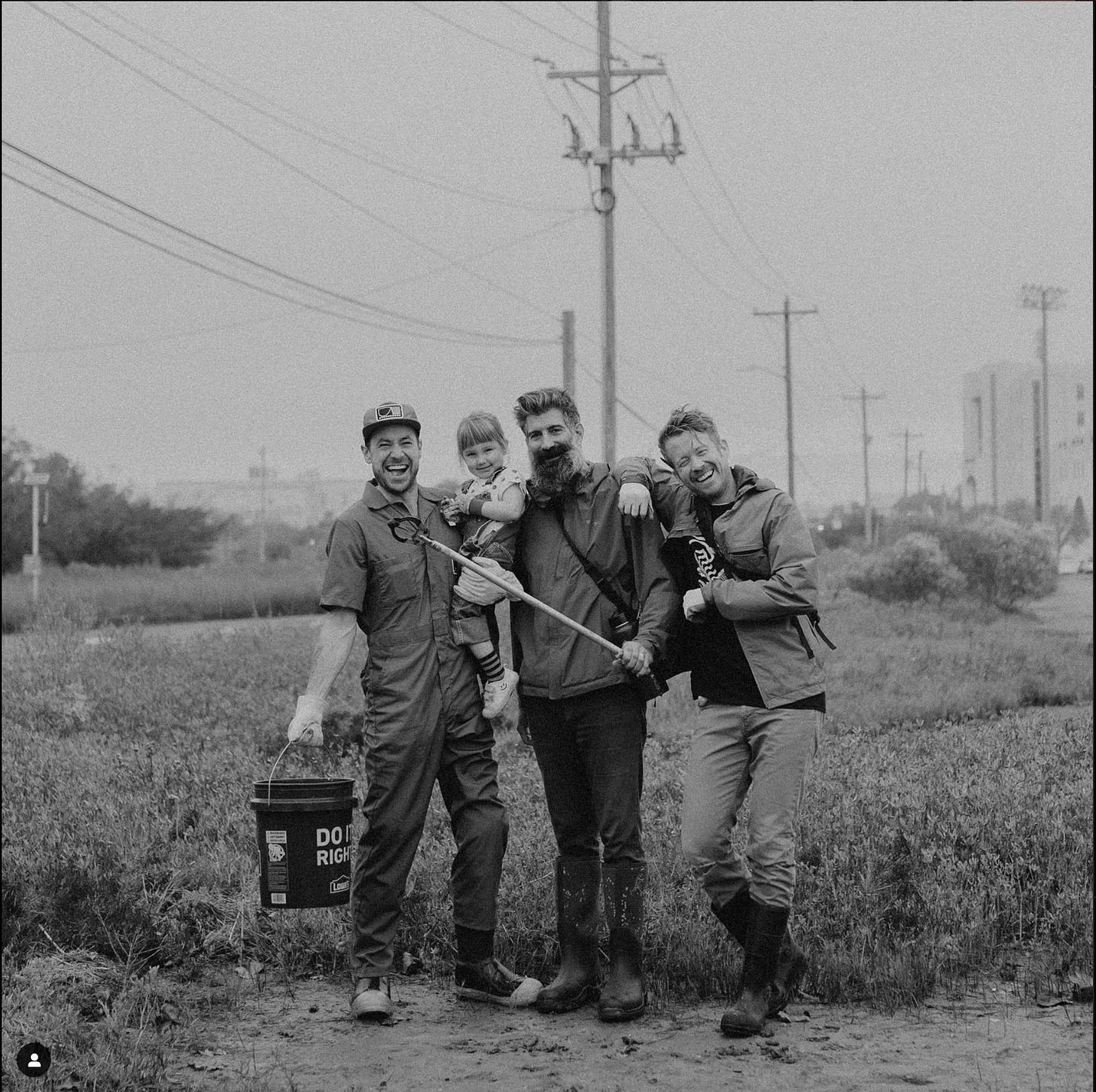
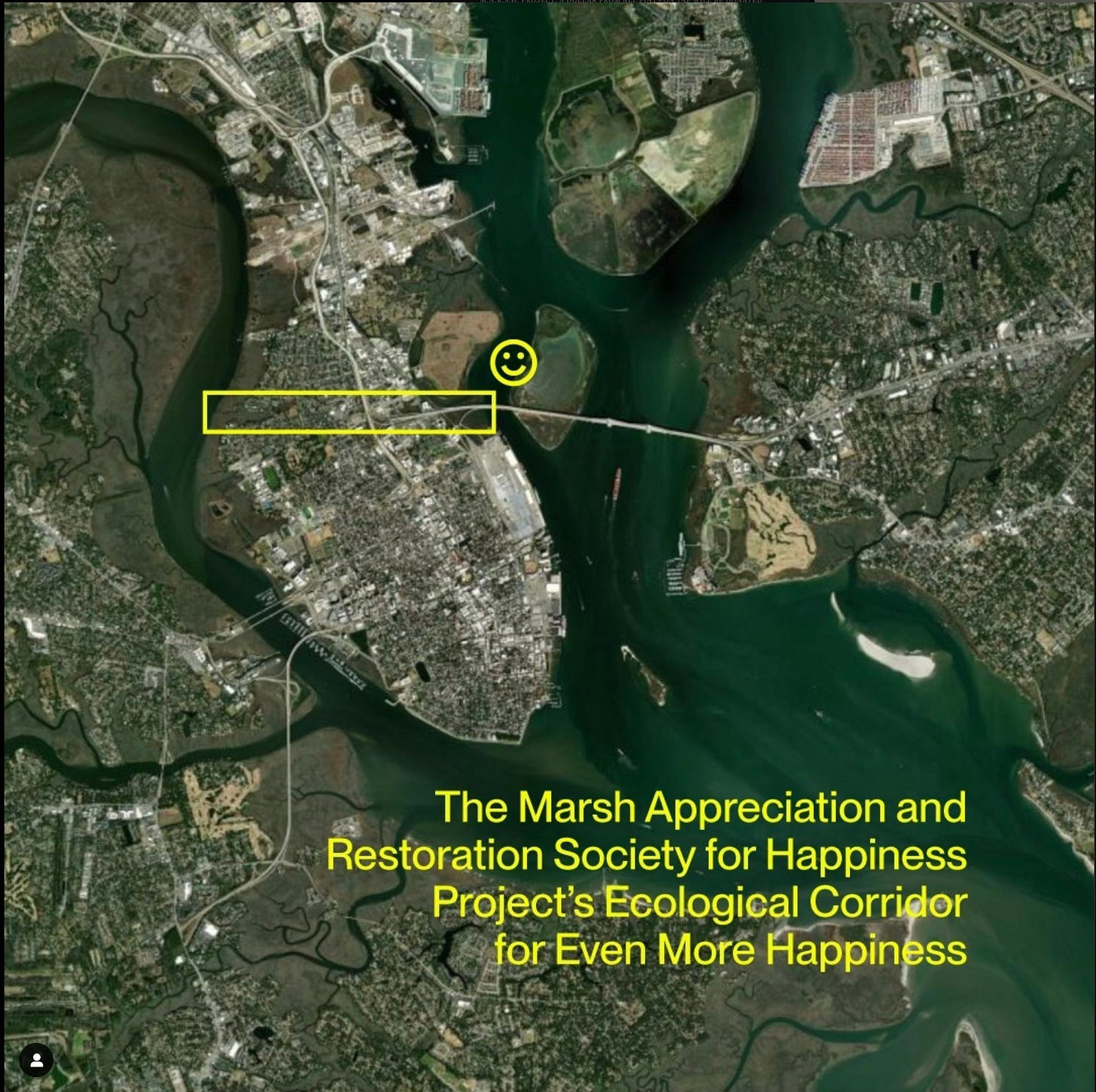
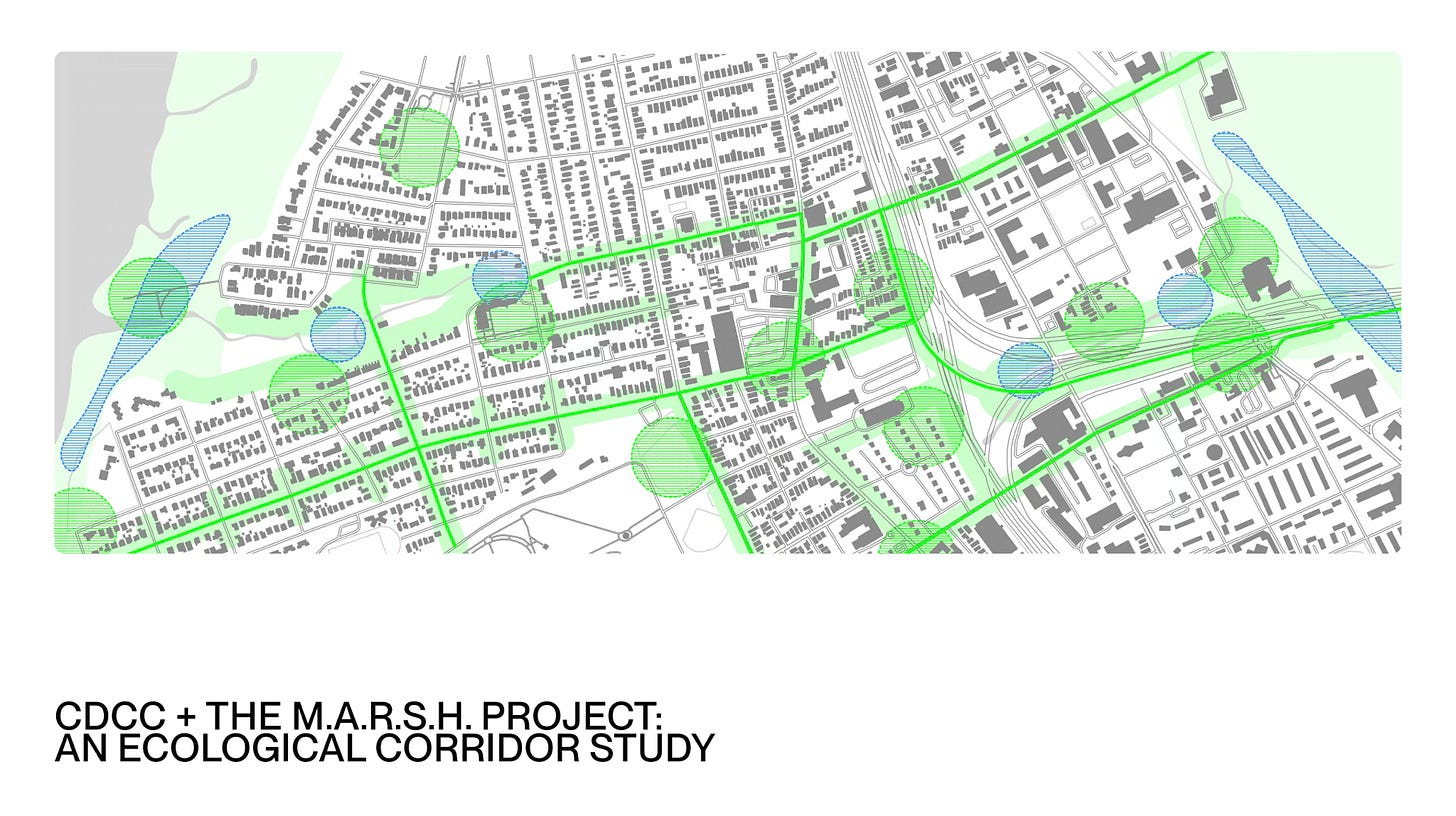
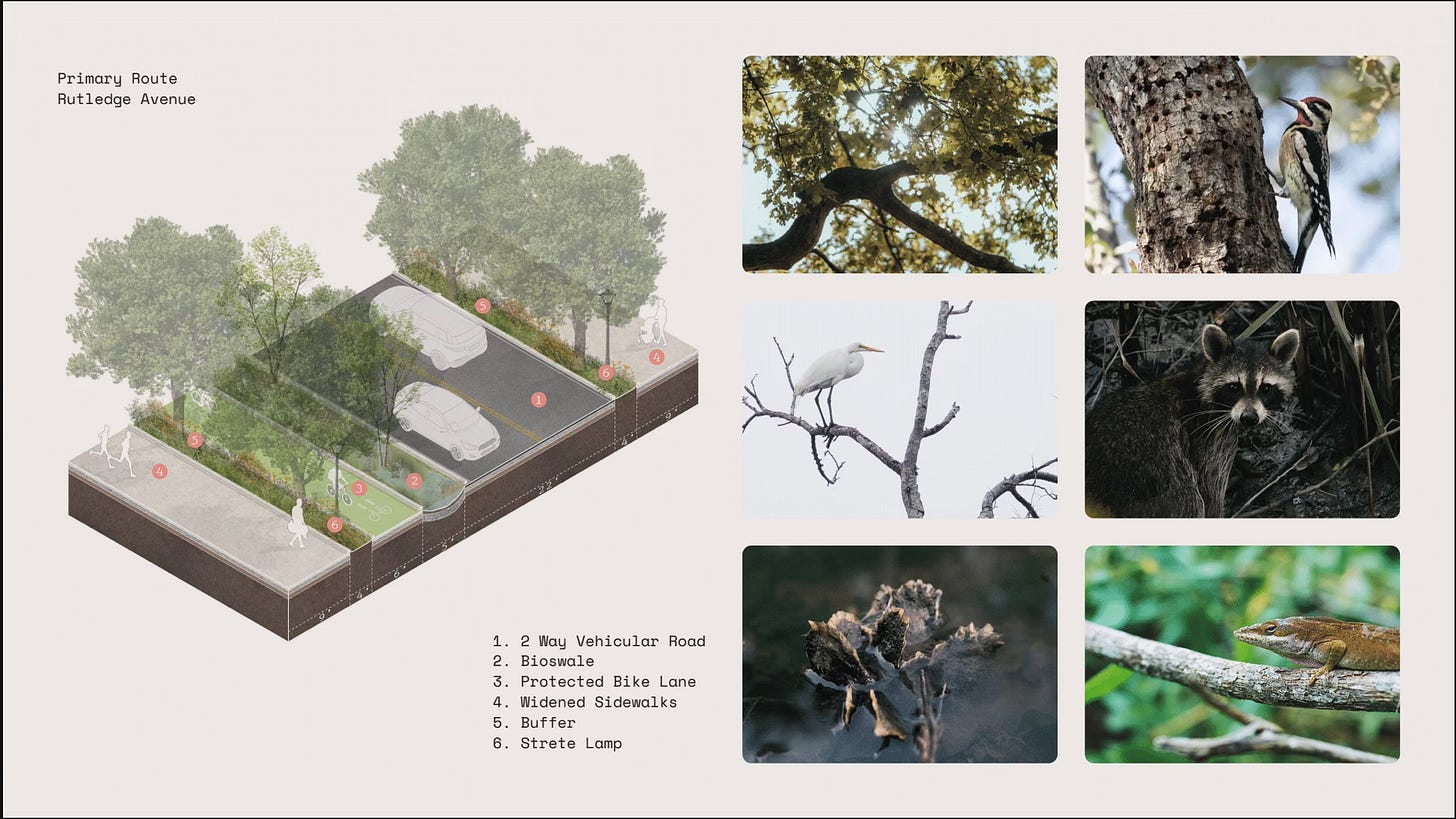

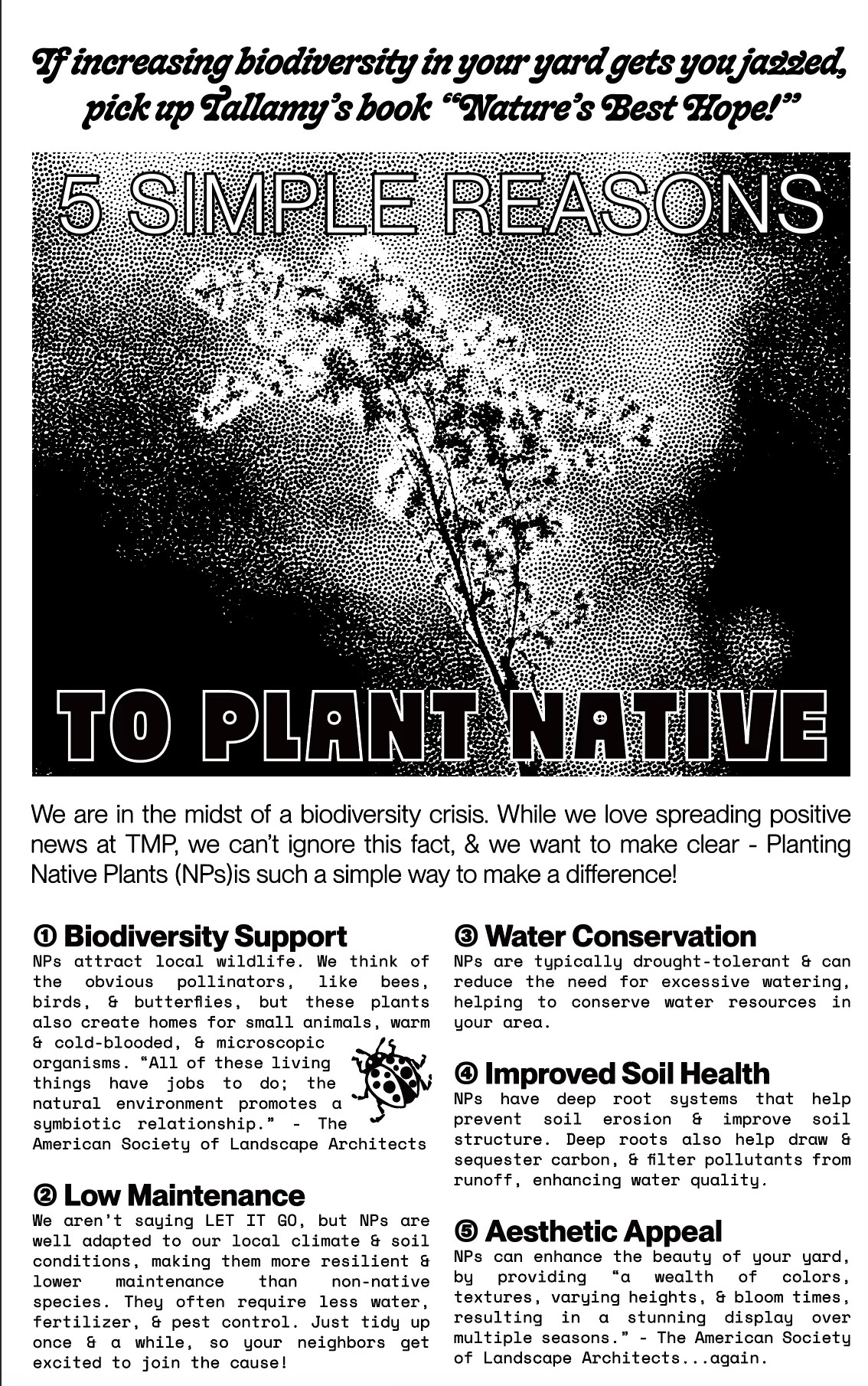
So thoughtful , Joel! Glad to be in this community with you guys!